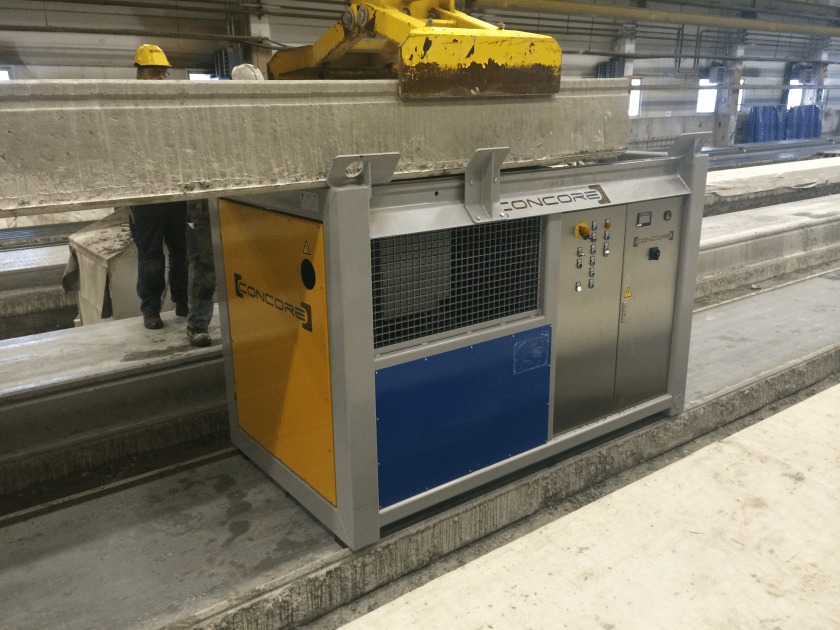Weep hole drilling machines
What exactly is weep hole drilling? It might sound like a niche topic, but it’s actually essential in construction. You see, weep holes are small openings drilled into the bottom of cured hollow core slabs. Why do we need them? Imagine this: water gets trapped inside these cores. Now, this might not seem like a big deal at first, but trapped water can wreak havoc. It can damage the slab, especially in freezing conditions, and create some real headaches during installation at construction sites. That’s where weep hole drilling comes into play, providing an escape route for this trapped water, ensuring the integrity and safety of the slabs.
The art of weep hole drilling involves precision and understanding of the structure’s needs. It’s not just about randomly drilling holes; it’s a calculated process. The size and spacing of the weep holes are carefully determined based on the slab’s dimensions and environmental factors. These holes allow for not just water, but also air circulation within the core, preventing moisture buildup and the growth of mold or fungus. This process is critical in regions with varying weather conditions, where the difference between a well-drilled weep hole and a poorly executed one could mean the difference between a durable structure and a compromised one. So, when we talk about weep hole drilling, we’re really discussing a vital practice that protects and prolongs the life of concrete structures.

The importance of weep holes in construction
So, why are weep holes important? Well, if you’re in the construction business or dealing with building maintenance, you’ll know that these tiny holes can be the difference between a stable structure and a potential disaster. Drainage weep holes play a critical role in preventing water accumulation inside hollow core slabs, which can lead to structural damage, especially in colder climates where freezing is a concern. Plus, imagine the inconvenience and danger of installing these massive slabs, only to find out that trapped water is causing issues. That’s why having a reliable weep hole drilling machine, like the Concore, is essential. It ensures that each slab is properly prepared for installation, safeguarding the construction’s integrity, and making your life a whole lot easier. Remember, in the world of construction, it’s often the smallest details, like weep holes, that make the biggest difference.
Beyond structural stability, weep holes play a significant role in preserving the aesthetic and functional aspects of buildings. Moisture trapped within hollow core slabs can lead to unsightly staining on exterior walls, a common issue that can detract from a building’s appearance. Additionally, moisture accumulation can accelerate the deterioration of construction materials, leading to higher maintenance costs and shorter lifespan of the building components. By providing a pathway for moisture to escape, weep holes help maintain the visual appeal and integrity of the building, while reducing long-term maintenance requirements. This aspect is particularly important for buildings with high architectural value or those constructed with materials sensitive to moisture damage. Thus, the inclusion of well-placed and effectively drilled weep holes is not just a technical necessity, but also an investment in the building’s long-term aesthetic and functional quality.
Quotation
"*" indicates required fields
The Concore weep hole drilling machine
When we look at the Concore weep hole drilling machine there are a few things to say. This machine is a game-changer in creating drainage weep holes. It’s specifically designed to tackle the challenge of drilling weep holes in the bottom of these hollow core slabs. And the best part? It’s not a one-size-fits-all kind of deal. The Concore machine comes in three different types, catering to various needs. First up, there’s the single weep hole drilling station with a 6-8 drills battery, perfect for 4/5/6/8 core slabs. Then, for those longer frames, there’s a version with 11 drills and an automatic wagon, handling anything from 4 to 11 cores. For the heavy-duty tasks, there’s the double weep hole drilling station.